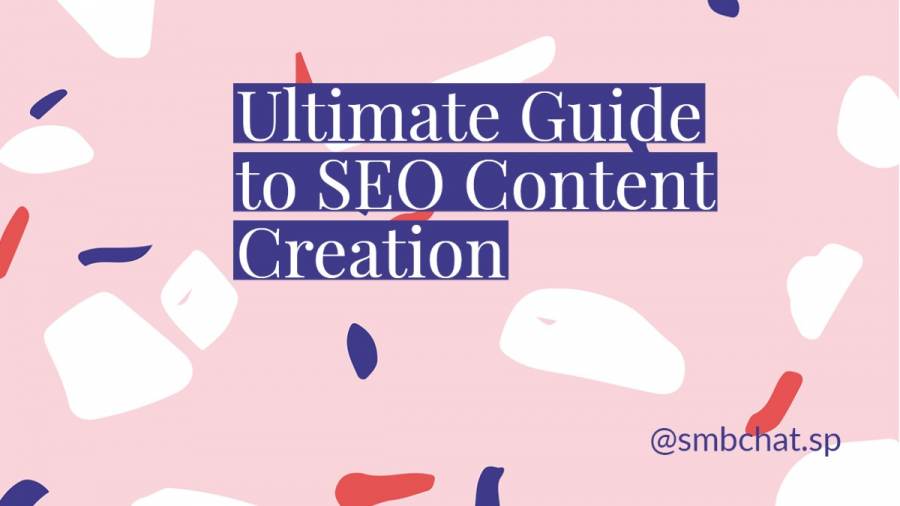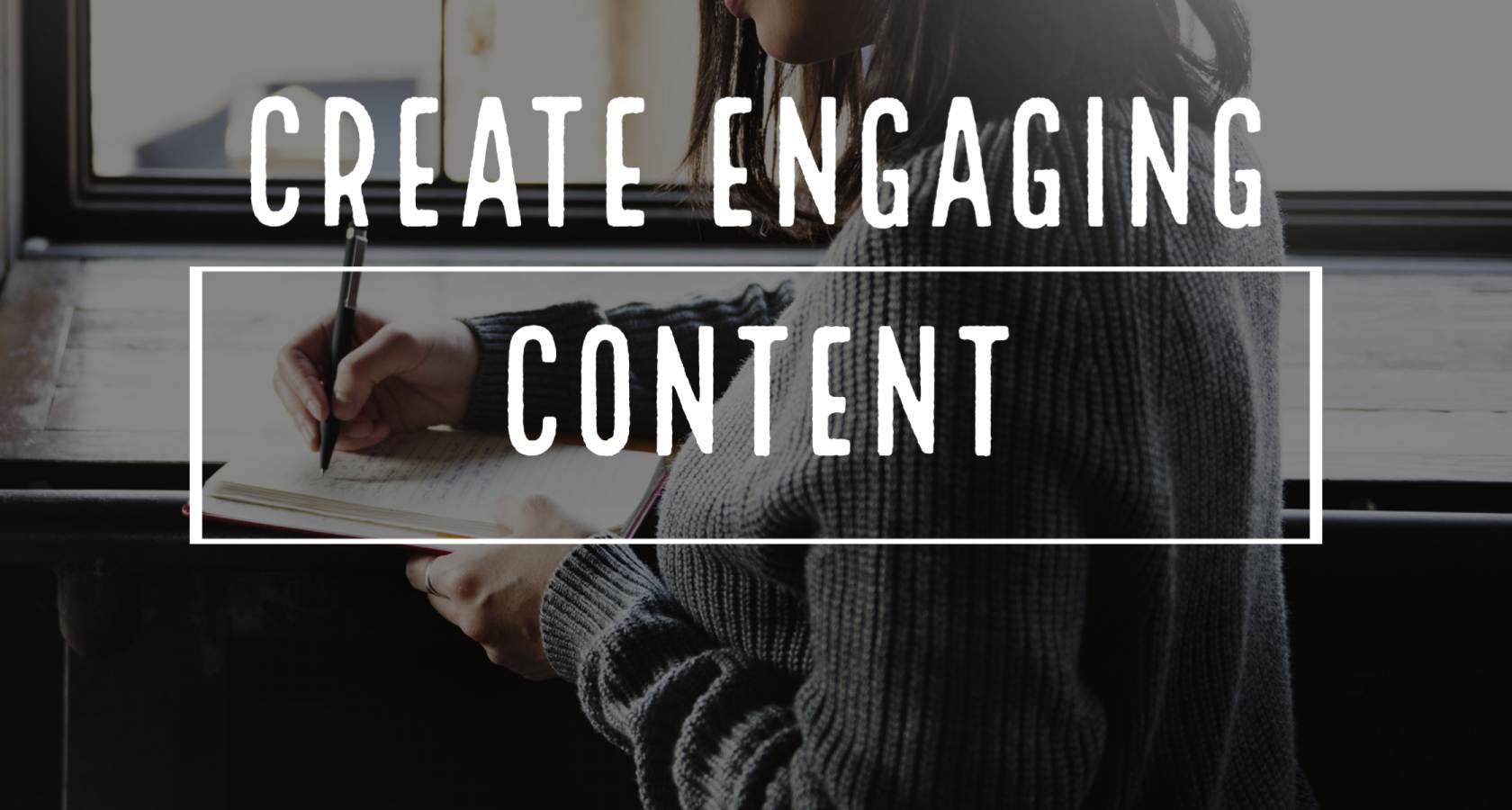How to Write a Winning Case Study that Gives Real-life Application to Your Prospects
To get people to try your products or services, you can tell them how great you are at X, or how the competition can't match you when it comes to Y. But, at the end of the day, the only businesses that win are those that present cold hard facts.
A case study allows you to do just that. It earns the trust of potential customers by demonstrating your ability to deliver on what your products or services promise.
But how do you write one?
Well, whether you’re writing historical case studies, clinical studies, cumulative case studies, or intrinsic case studies, there are certain rules you must observe. Here are some fool-proof and practical tips on how to write a typical case study:
1. Identify Your Topic and Angle
The first step in showcasing the value of your business is to decide which solutions or problems you want to write about. For the best results, the topic and angle of your business case study should be something that a majority of your target audience relates to.
The best way to find the best client to base your case study around is to talk to your sales team. They deal with prospective customers day in day out, so they could have an idea of which client saw the best results.
2. Get Permission to Tell the Story
This goes without saying, but no sane person would want their story out there without their permission. Using their data and personal details to publish a case study could lead to ruining your relationship with them, or worse, lawsuits.
That is why you should explicitly, preferably in writing, ask them for permission. Besides, you are going to interview them eventually, so they should know in advance. You can ask them by sending them a permission letter or using a legal release form.
If they don’t want their name attached to the case study, you can offer to keep them anonymous. With their approval, you can go ahead and publish the customer success stories.
3. Create an Introductory Questionnaire
To get all the information you need from a potential client, you need to create an introductory questionnaire beforehand. To get the most out of your questions, they should be open-ended. Yes/No questions should be kept at a minimum as they won't give you the story of the client.
The questions should also be structured based on how your service/product is used, so you can get specific phrases and words you can quote and highlight on your case study. Some of the questions you can use are:
- What were you experiencing before using our product/service?
- Why did you choose us instead of a competitor?
- Did it solve your issue?
4. Write Your Interview Questions
This is the most crucial step when creating a case study. The quality, believability, and effectiveness of your case study depend on the sample questions you have for the happy client. Their answers give you all the information you need to write your case study.
The interview questions you come up with are based on the answers you were given in the introductory questionnaire. You should structure them to achieve each of the following objectives:
- Knowing your client.
- Understanding the nature of the problems they were facing.
- How they decided to pick you.
- How they implemented your product/service.
- The results of implementing it.
- Their likelihood of using it again or recommending it if the problem arises.
5. Line Up a Time and Conduct Your Interview
Once you have the sample questions for potential clients, the next step is to set up a time to conduct your actual interview. It is as simple as calling them to confirm when they will be available. You can also use a synced calendar or let them know about your availability then they pick their ideal time.
There are various ways you can conduct your case study interview, so you should be ready to accommodate their preferred way. They include:
- Face to face
- Phone interview
- Video call
6. Use What You Learn to Write a Compelling Case Study
After you have collected all the relevant information for your descriptive case study, it is time to put it all together. There are several content formats you can use to present a case study. Some case studies primarily use text with a few photos, others use slide decks, and others are very visual, using primarily videos and photos to grasp the attention of impatient readers.
The method you should settle for is that which presents all the key information in a study template that makes sense to your target audience. Whichever you choose, here is a visual case study format we recommend using:
- Title
- Subtitle
- About the Subject
- Challenges and Objectives
- How the Solution Helped
- Results
- Supporting Visuals and Quotes
- Future Plans
- Call to Action
In a world full of products and services that compete to solve the many needs of potential customers, the only way to win is to earn their trust. However, this can be almost impossible without showing them cold hard proof through a case study. By breaking down the above steps, you’ll be able to write problem-oriented case studies that gain the trust of future customers.
Maybe It’s Time to Consider Professional Case Study Writing Services
If things aren't clear yet, maybe it’s because there are lots of aspects of an effective case study that you need to consider, and you could probably use with a bit of insipiration.
Don’t drown yourself with this information without a guarantee that it will be effective. Just focus on your business and let experts handle it for you. Maybe it’s time to consider hiring a professional who’s talented at writing case studies.
This is where Zoey Writers come in!
We are a content writing agency that’s dedicated to providing high-quality content writing services to meet client objectives. From articles and blog posts to white papers and customer case studies, our competent content writers can write them all. Our case study writer can help you craft effective case studies that are guaranteed to bring positive results.
Contact us to discuss how we can help you come up with an effective marketing case study that can help your marketing team achieve its goals.
Photo by Nataliya Vaitkevich on Pexels: Thanks Nataliya : )

















